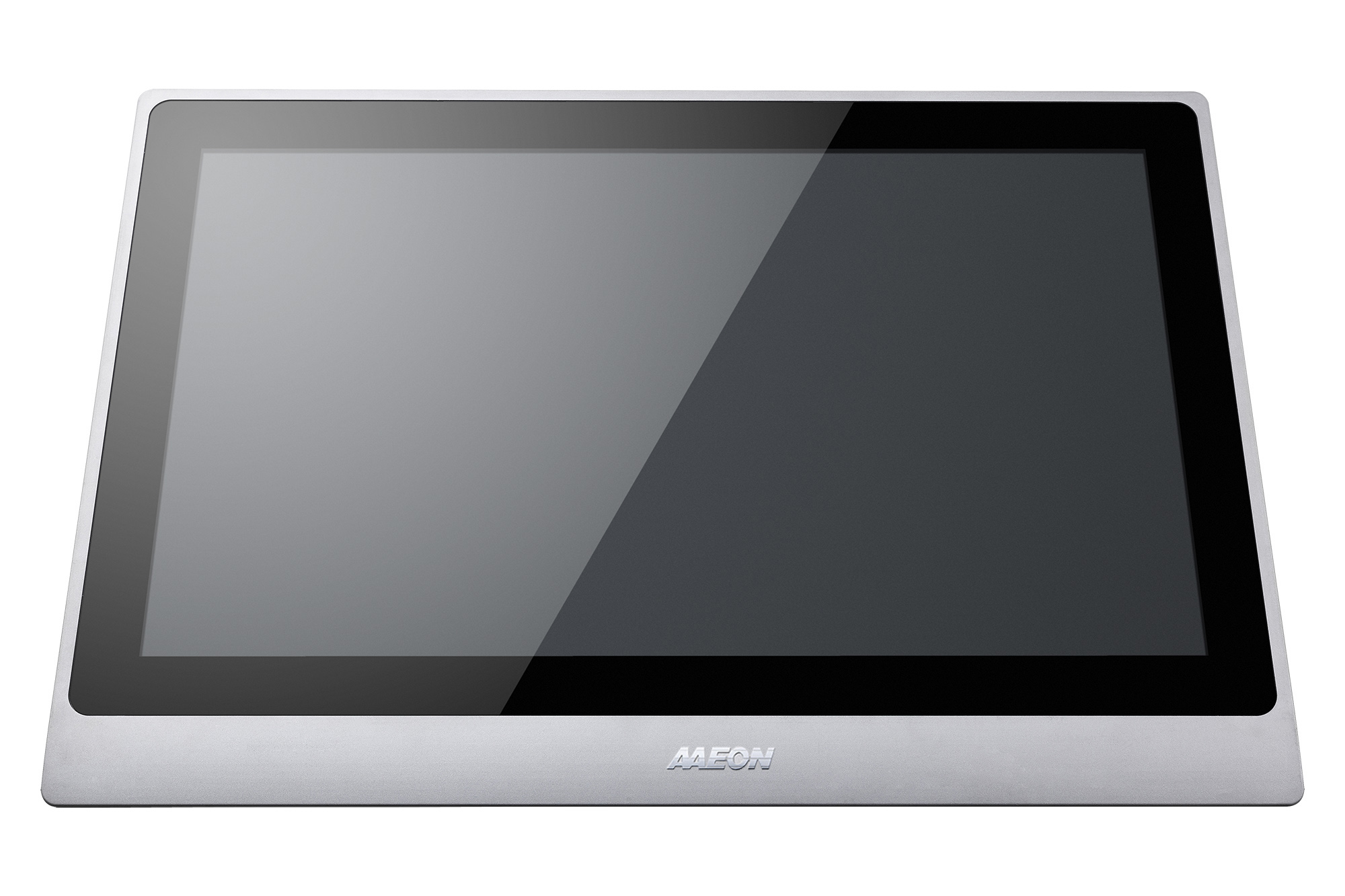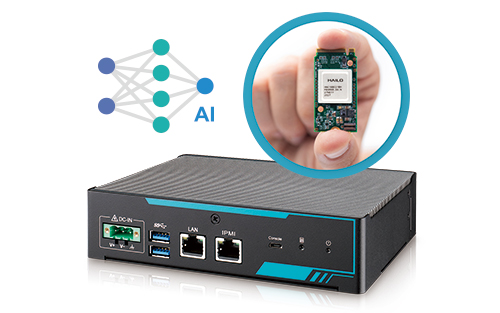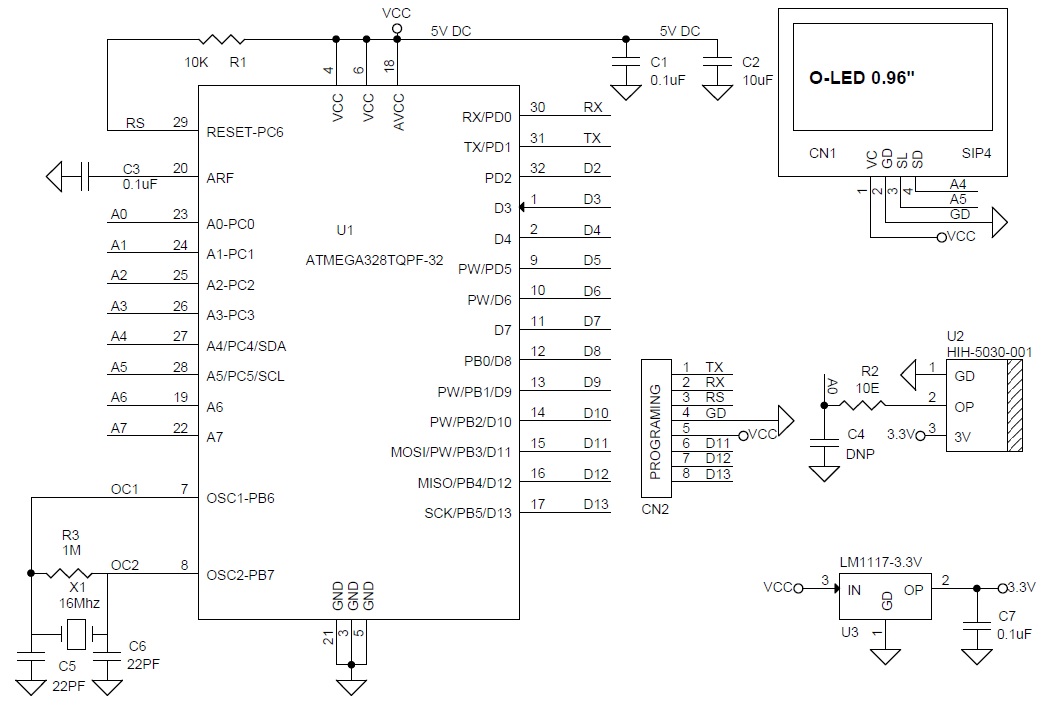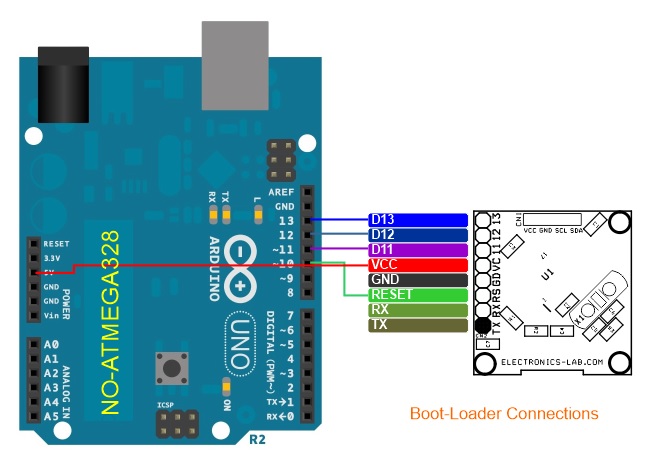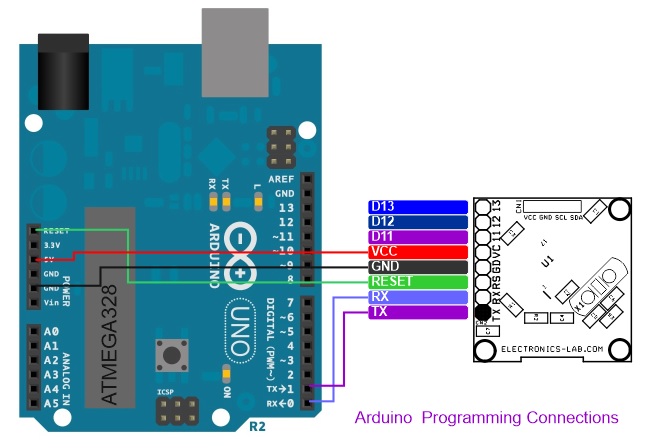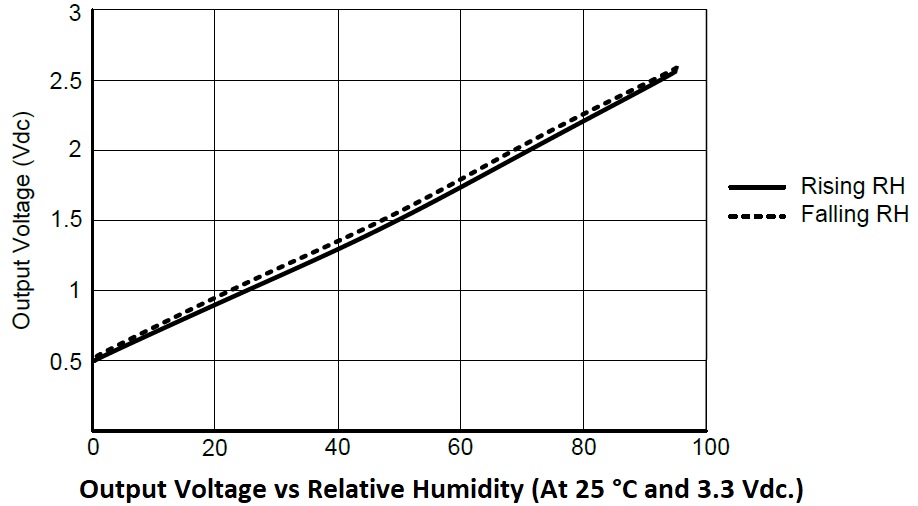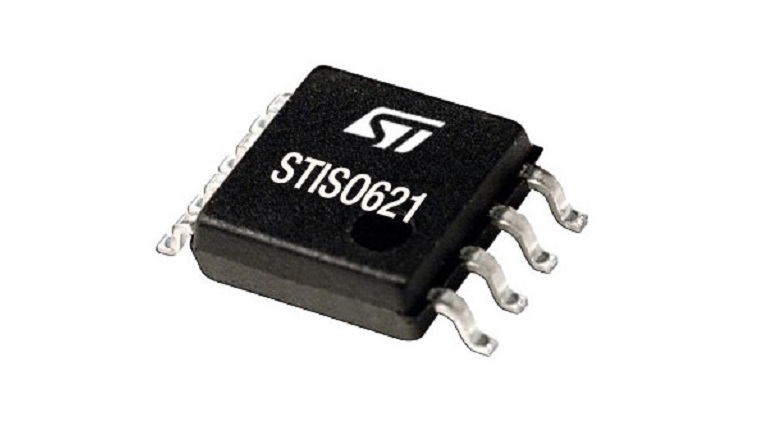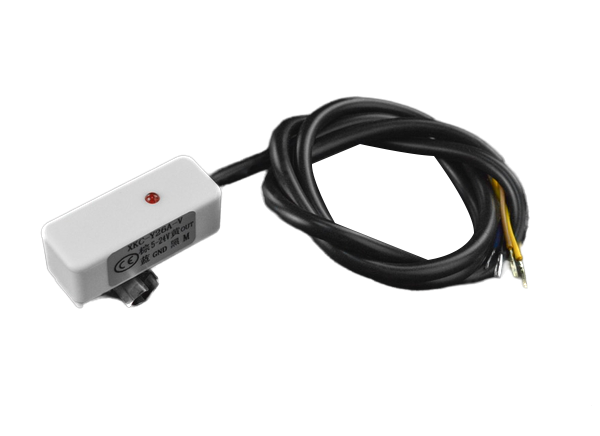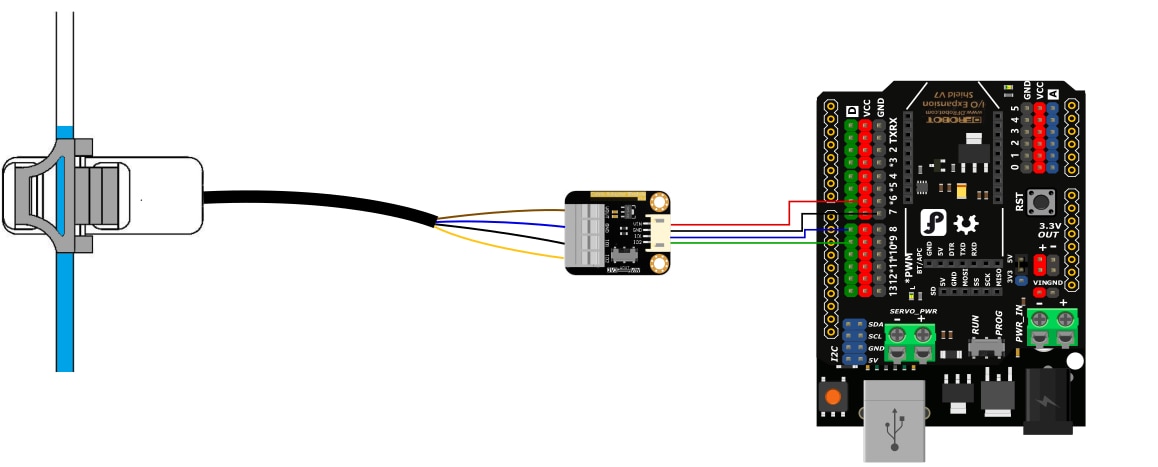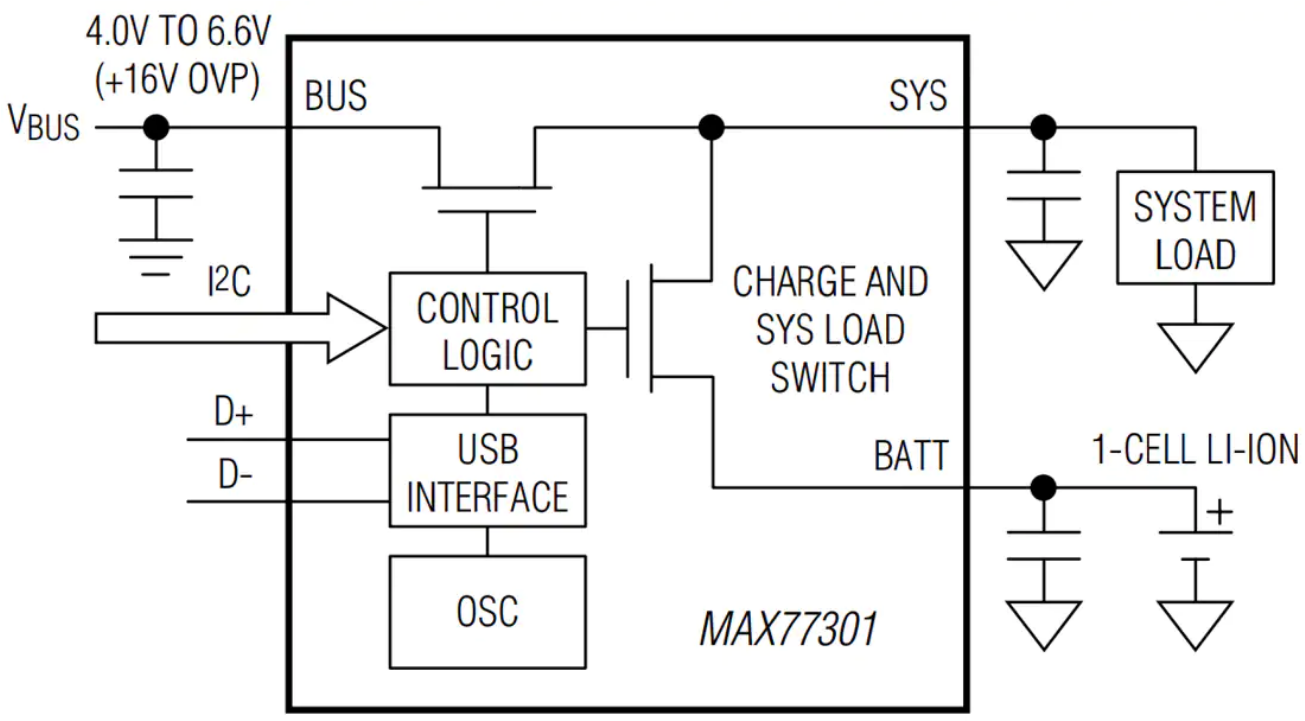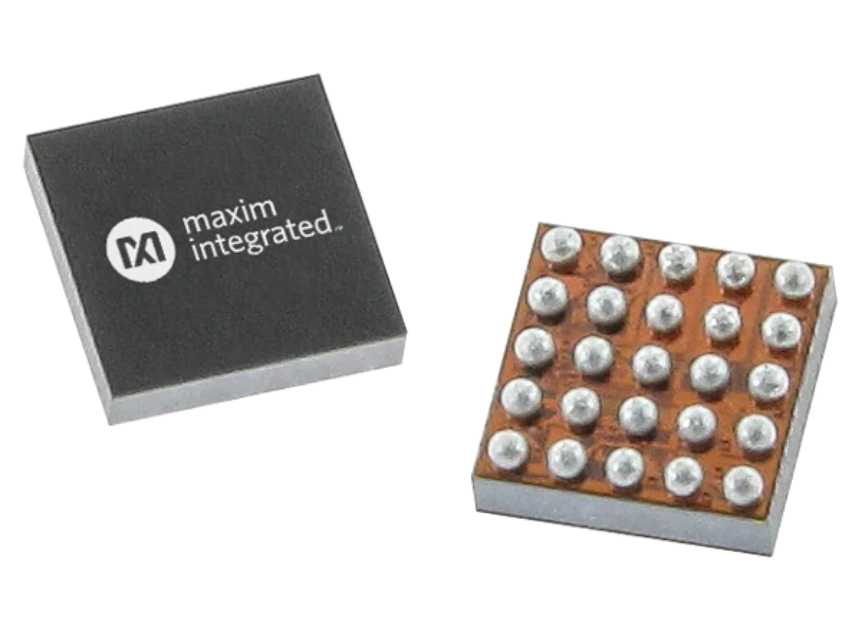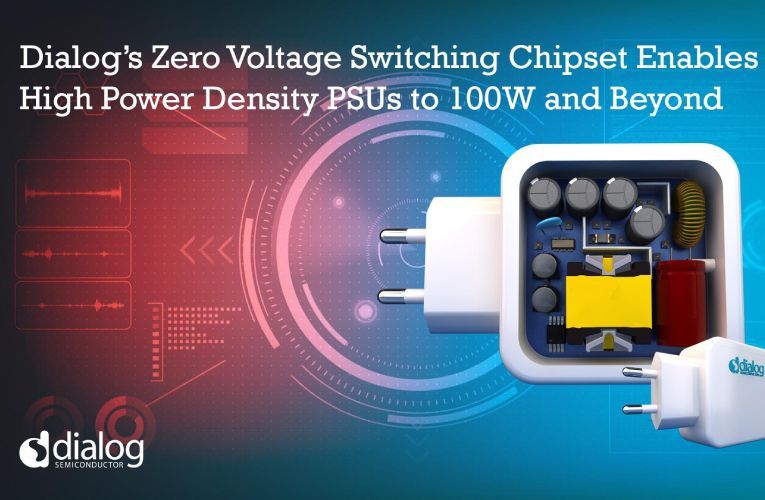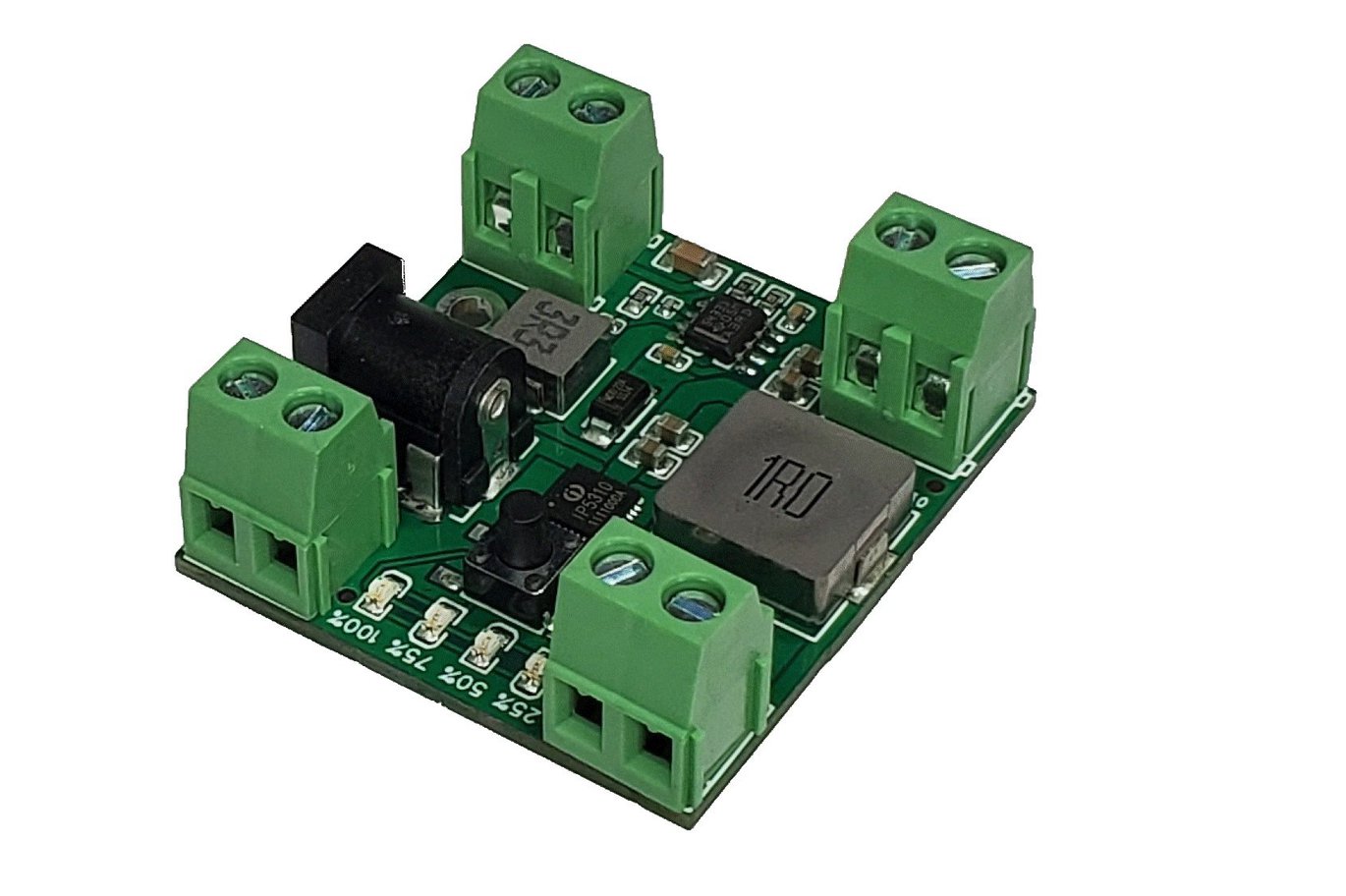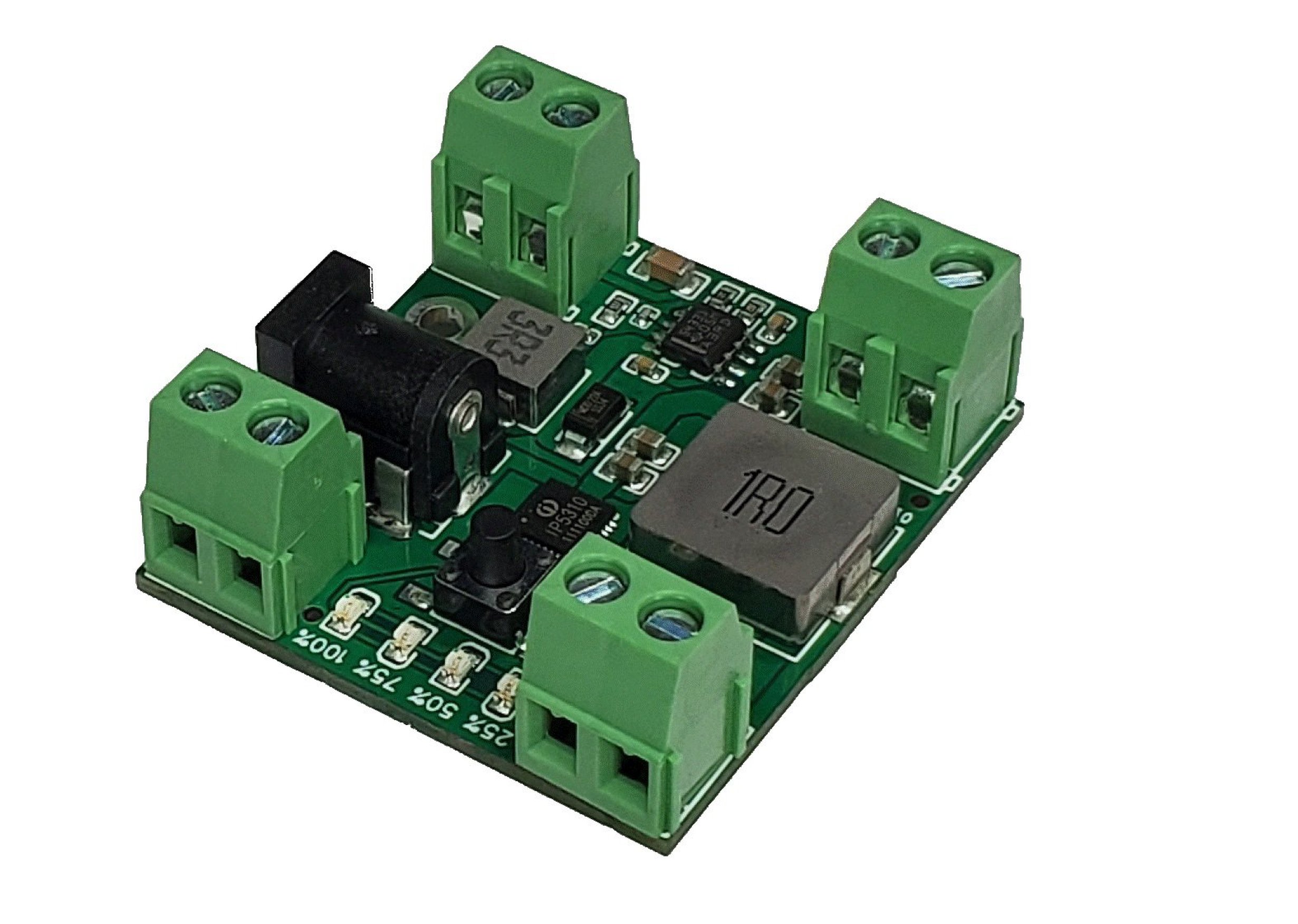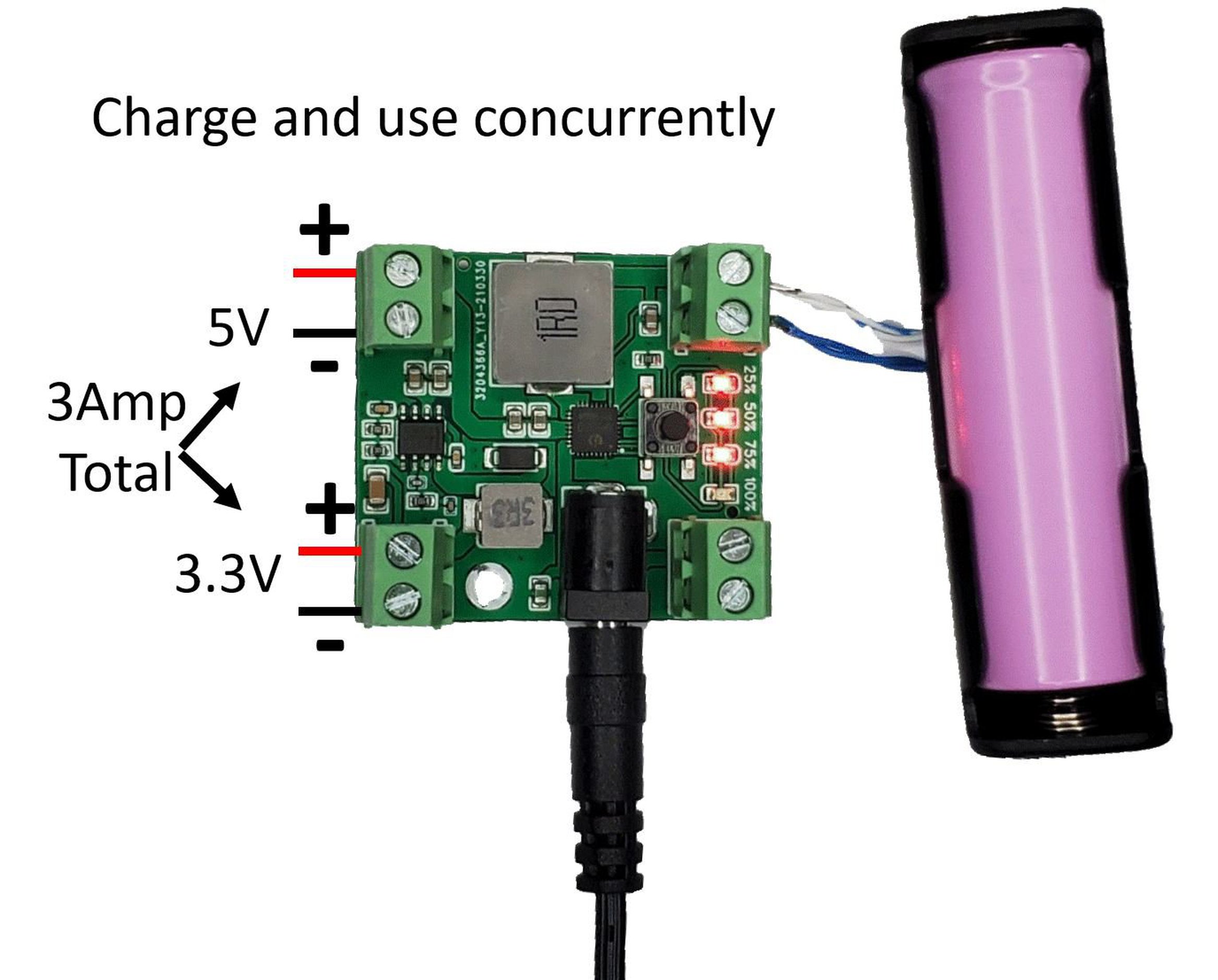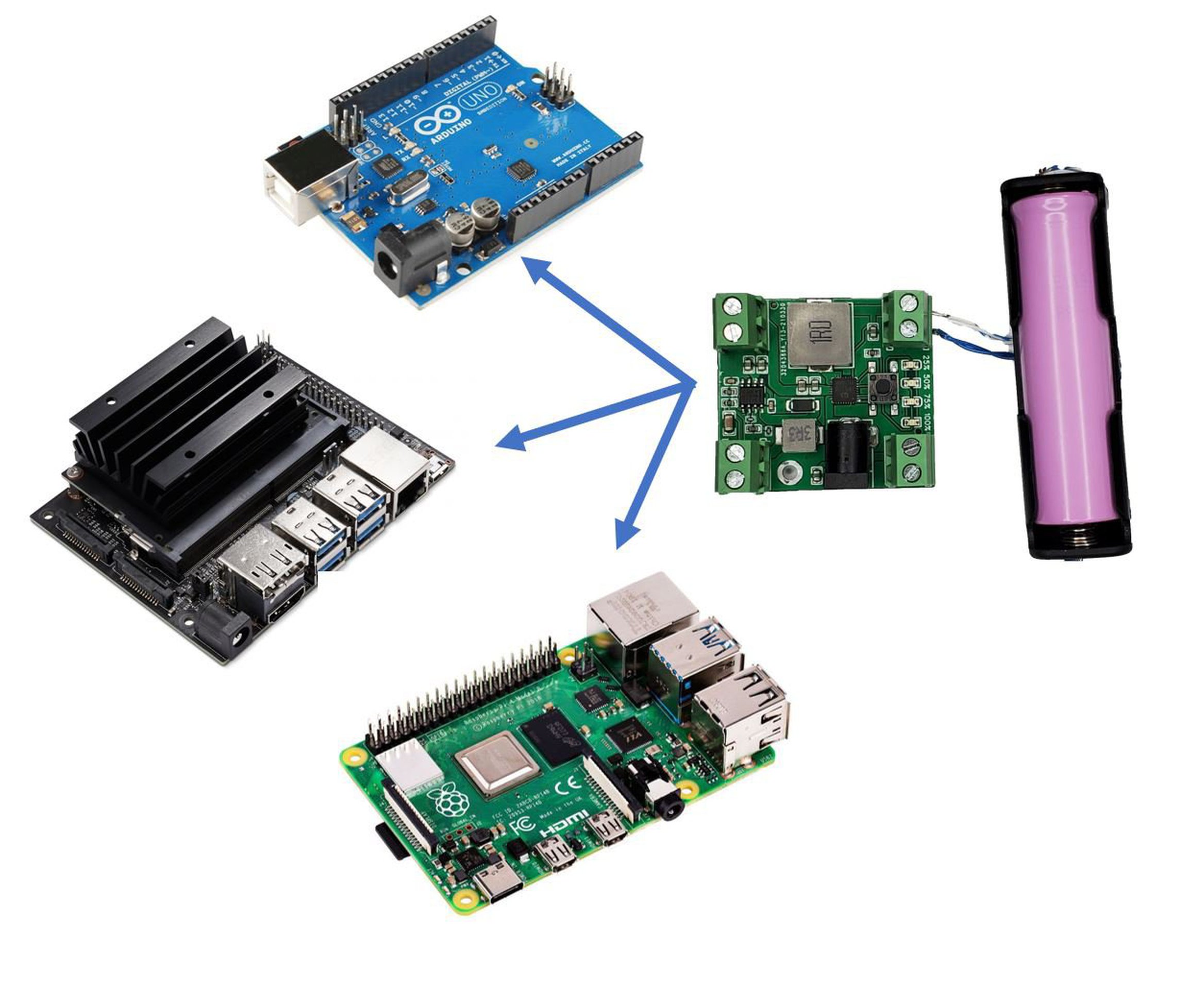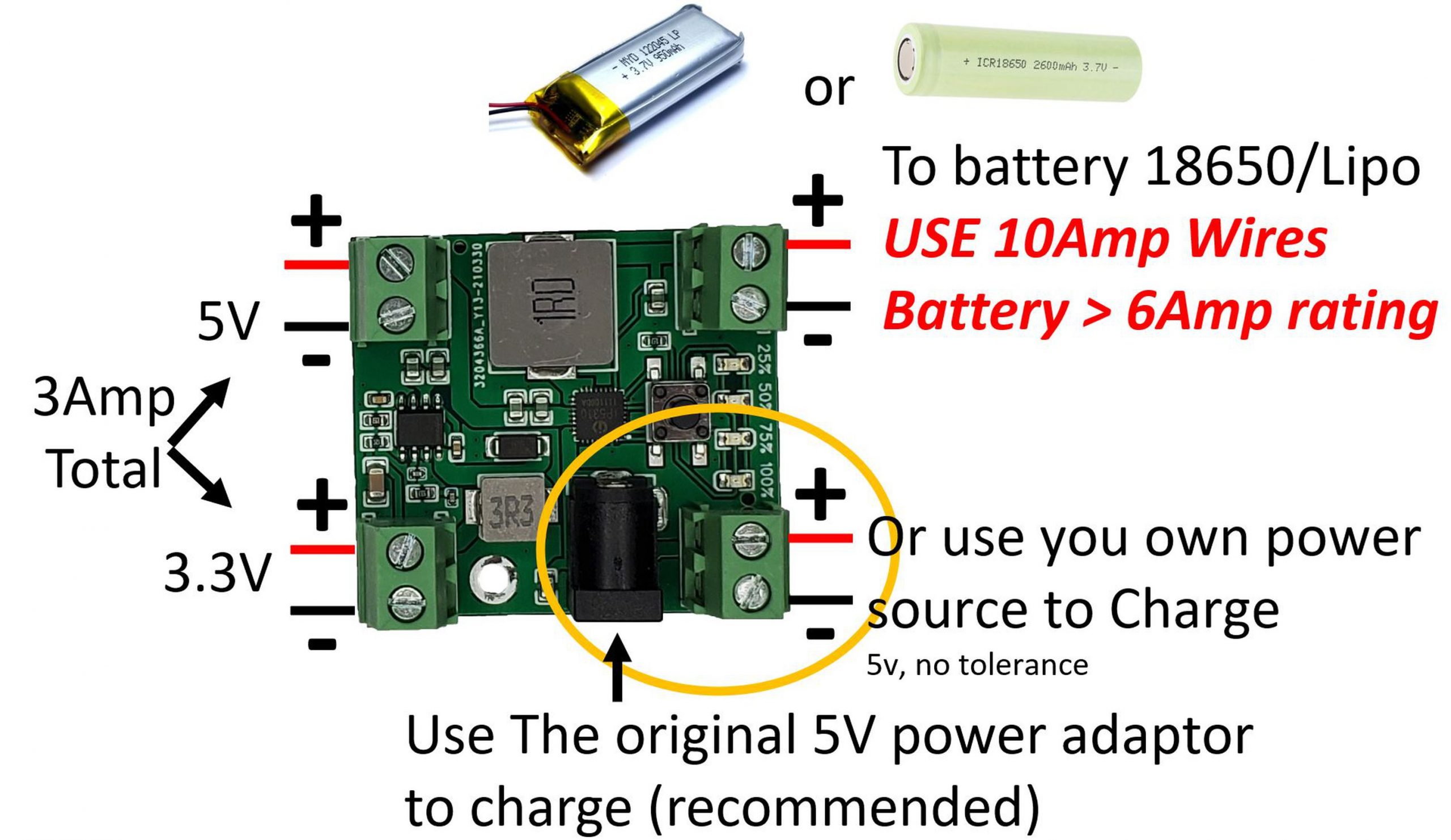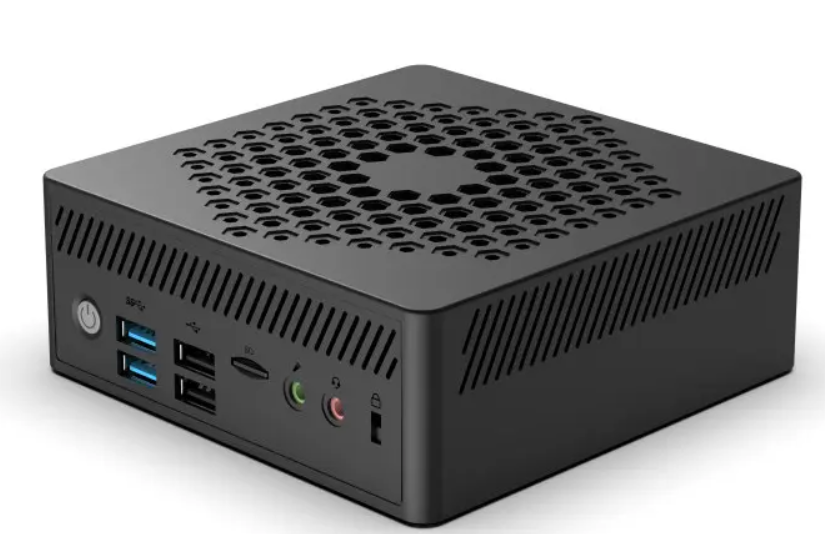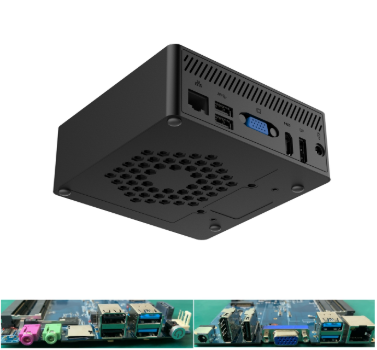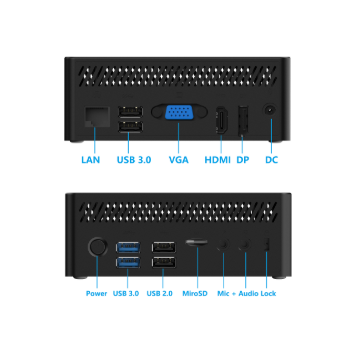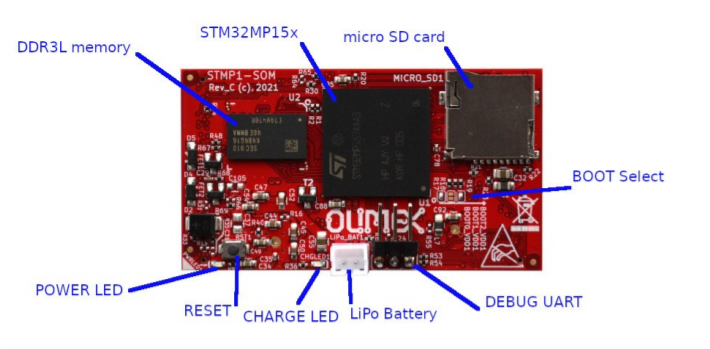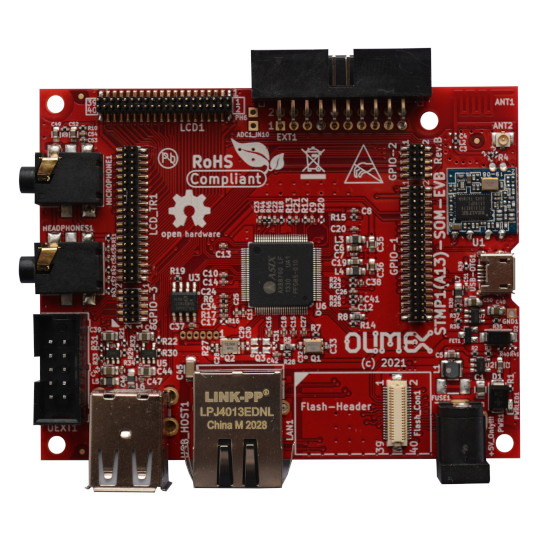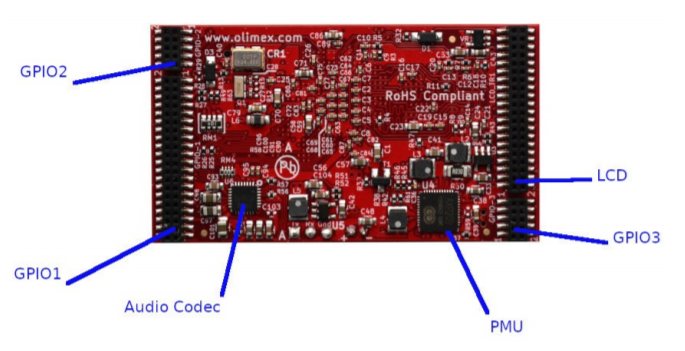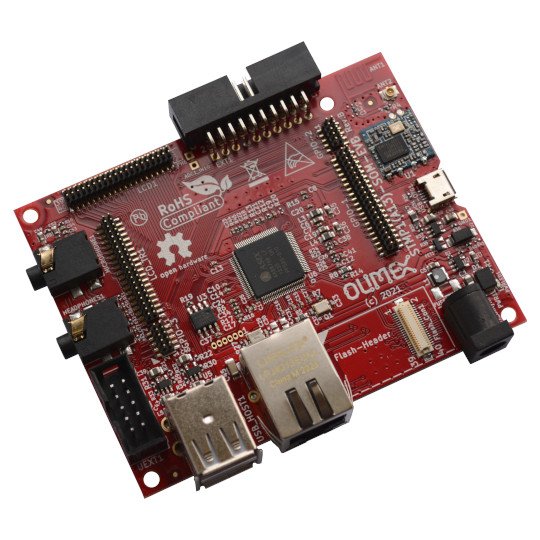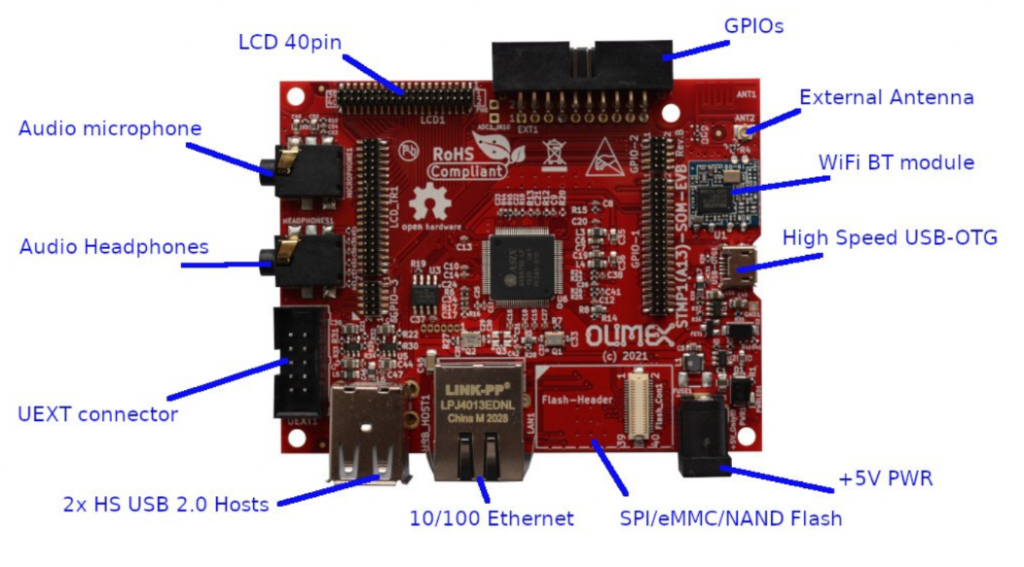AAEON, a leader in industrial PC solutions, announces their latest industrial touch panel PC, the OMNI-2155-CML. Powered by 10th Generation Intel® Core™ processors (formerly Comet Lake), this innovative solution is able to deliver higher performance, broader I/O features and technological support than previous generations at a lower price point.
The OMNI-2155-CML is the first in the OMNI family of industrial touch panel PC solutions to offer a socket-type processor, allowing for easier maintenance and scalability to meet the performance needs of individual applications. The system utilizes the 10th generation Intel Core i3/i5/i7/i9 and Intel® Celeron® processors (up to 35W TDP) combined with up to 64GB of DDR4 memory to deliver greater performance and higher processing speeds than previous generations. These late-generation processors also provide support for a range of vital technologies, fully unlocked with the OMNI-2155-CML.
One of the ways users and developers can take advantage of the capabilities of the 10th generation Intel Core processors in the OMNI-2155-CML is through the system’s broad expansion support. The system features an M.2 2280 (M-Key) slot driven by PCIe 3.0 [x4] with support for fast NVMe SSDs. It also delivers M.2 2230 (E-Key) to support a range of functions including Wi-Fi or Bluetooth connectivity. The OMNI-2155-CML is also built with a full-sized Mini Card slot that supports PCIe and mSATA, set via the BIOS.
The OMNI-2155-CML is built from the ground up for industrial applications. The 15.6” LCD touch screen utilizes the P-CAP system and can be configured to be operable with gloves. It also features a wide voltage input (10 to 35V) and provides consistent operation without loss of performance in temperatures from 0°C up to 45°C.
The OMNI-2155-CML offers a broader range of I/O features compared to previous generations, offering greater flexibility to connect to more devices and controllers. The OMNI-2155-CML offers four serial COM ports, four USB3.2 Gen 2 ports, and two Gigabit Ethernet ports, providing support for Intel® vPro and Intel® AMT, enabling remote monitoring and control. The OMNI-2155-CML also delivers storage flexibility with NVMe support, mSATA, and 2.5” SATA III (6.0 Gbps) storage devices. The OMNI-2155-CML can also easily connect with cellular networks thanks to onboard SIM card slot, allowing for even more flexibility to communicate with wide area networks.
“The OMNI-2155-CML is our latest industrial panel PC delivering the 10th generation Intel Core processors, bringing high end performance to the market,” said Ethan Chiu, Product Manager with AAEON’s System Platform Division. “Thanks to the socket-type design, we are able to provide our customers with easier maintenance, upgradability, and greater performance than previous generations at a lower cost.”
AAEON offers manufacturer and OEM/ODM services to help deliver a solution for any application. From industry-leading service and support to customization and more, helping reduce deployment costs and time to market.

